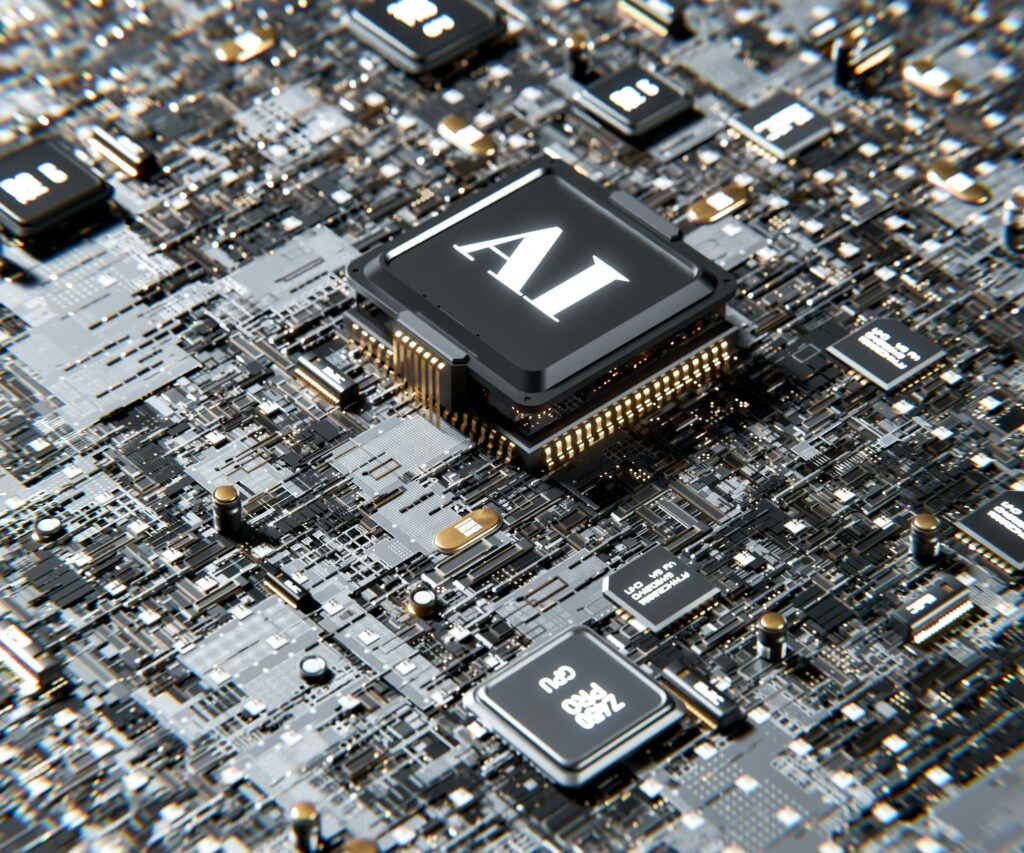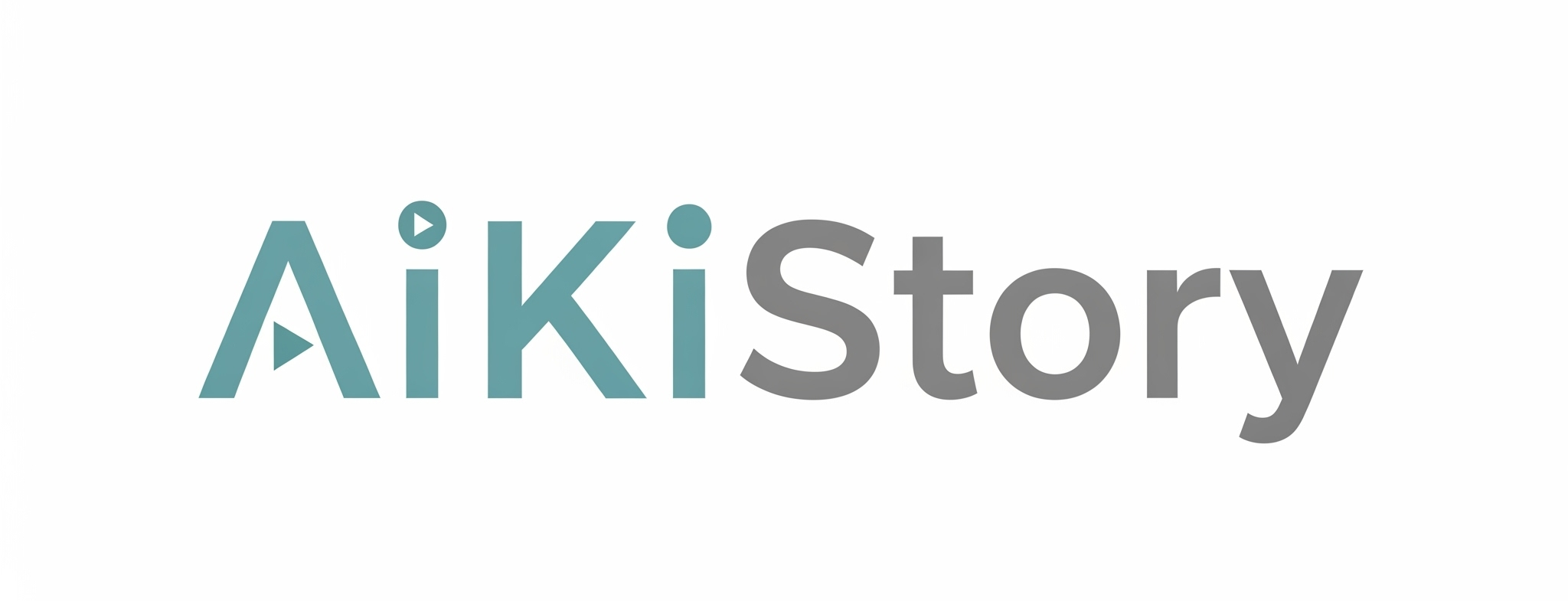
The Future of AI: How Artificial Intelligence is Becoming Part of Our Lives
Artificial Intelligence (AI) is no longer just a futuristic idea—it’s becoming a daily reality. From smartphones that understand our voices to self-driving cars navigating busy roads, AI is steadily weaving into the fabric of our lives. As technology advances, AI will take on more complex tasks, transforming industries and reshaping how we live and work.
For decades, AI was seen as something out of science fiction, but today it is becoming an invisible helper all around us. Whether you are streaming music, shopping online, navigating traffic, or using a chatbot for customer service, AI is silently working in the background. The question is no longer if AI will affect our lives, but how deeply it will change the way we live, work, and create.
AI Becoming Part of Everyday Life
AI already powers many of the tools we use every single day. Voice assistants like Siri, Alexa, and Google Assistant can understand natural speech and answer questions. Recommendation engines on platforms like Netflix, YouTube, and Spotify analyze your habits to suggest content you might like. Even something as simple as your smartphone’s autocorrect is powered by machine learning.
In the near future, AI will move beyond convenience to become an even deeper part of our routines:
-
Smart homes will anticipate our needs by adjusting lighting, temperature, and appliances automatically.
-
Workplaces will integrate AI-powered assistants to handle emails, scheduling, and real-time data analysis.
-
Autonomous vehicles will change how we travel, making commutes safer and less stressful.
-
Healthcare apps will monitor our health in real time, alerting us to problems before they become serious.
Tools like ChatGPT show how AI can already assist with writing, learning, problem-solving, and communication. Instead of spending hours drafting reports or generating ideas, people can now collaborate with AI to save time and unlock creativity.
Advancements in Different Fields
The influence of AI will continue to expand across industries, revolutionizing how we work and live.
-
Healthcare – AI helps doctors detect diseases earlier through medical imaging and predictive analysis. It also assists in creating personalized treatment plans and speeding up drug discovery.
-
Education – Learning platforms are becoming adaptive, offering personalized lessons based on a student’s pace and preferred learning style. AI tutors can provide support outside the classroom.
-
Business – From automating repetitive tasks to improving decision-making through data insights, AI is helping companies increase efficiency and improve customer service.
-
Agriculture – Farmers can use AI for crop monitoring, soil analysis, pest detection, and precision farming to increase yield and reduce waste.
-
Finance – AI strengthens fraud detection systems, assists in stock market predictions, and helps investors manage portfolios with more accuracy.
-
Entertainment – Streaming services and game developers use AI to generate interactive content and immersive experiences.
Creative platforms like DALL·E demonstrate how AI is not only technical but also artistic. Designers, marketers, and content creators are already using AI-generated art to visualize concepts that were once impossible without hours of manual effort. Each of these sectors is only beginning to tap into AI’s full potential, and the possibilities will only grow with time.
Challenges We Must Address
Despite its many benefits, AI comes with challenges that must be addressed responsibly.
-
Data Privacy – AI systems rely on large amounts of data, and protecting personal information is a growing concern.
-
Bias and Fairness – AI can unintentionally reinforce discrimination if trained on biased datasets. Ensuring fairness is a major challenge.
-
Job Displacement – While AI creates new opportunities, it also automates tasks that people currently do, leading to job losses in some industries.
-
Trust and Accountability – Users must be able to trust AI systems. Decisions made by machines need to be transparent and explainable.
Visual tools such as MidJourney highlight these concerns. While they can generate lifelike images, there is always a risk of misuse in spreading misinformation or creating deepfakes. Ethical guidelines, regulations, and human oversight are essential to balance innovation with responsibility.
By building strong policies and frameworks, society can ensure that AI grows in a way that benefits people without causing harm.
Human and AI Collaboration
One of the biggest misconceptions is that AI will replace humans. In reality, the future of AI is about collaboration. Humans bring creativity, empathy, and values, while AI contributes speed, accuracy, and problem-solving power. Together, they can accomplish far more than either could alone.
For example:
-
A writer can use AI to generate story ideas but still rely on their creativity to add depth and emotional resonance.
-
A musician can experiment with AI-generated melodies while adding personal expression to shape the final piece.
-
Businesses can automate routine tasks with AI, allowing employees to focus on strategy and innovation.
AI is not about taking away originality—it is about expanding human imagination and providing new tools to create, explore, and innovate.
The Road Ahead
Looking ahead, AI will continue to evolve and influence more aspects of our lives:
-
Personalized content tailored to each individual.
-
Interactive storytelling in gaming and entertainment.
-
Smarter healthcare systems that predict health issues before they appear.
-
Sustainable solutions for climate change, energy efficiency, and agriculture.
However, success depends on how humans guide its growth. Responsible development, strong regulations, and ethical use will determine whether AI becomes a tool for progress or a source of harm.
What’s clear is that AI is becoming more than just a technical innovation—it is becoming a partner in creativity, problem-solving, and decision-making. Together, humans and AI can shape a future where technology is not only smarter but also more meaningful and human-centered.
Conclusion
AI’s story is still being written, and its next chapter depends on the choices we make today. With proper guidance, Artificial Intelligence will not only make our lives easier but also unlock creativity and progress across every field. From the apps we use daily to groundbreaking tools like ChatGPT, DALL·E, and MidJourney, AI is transforming the way we live, work, and create.
The future of AI is not about machines taking over—it’s about humans and AI working side by side to create a smarter, fairer, and more innovative world.


